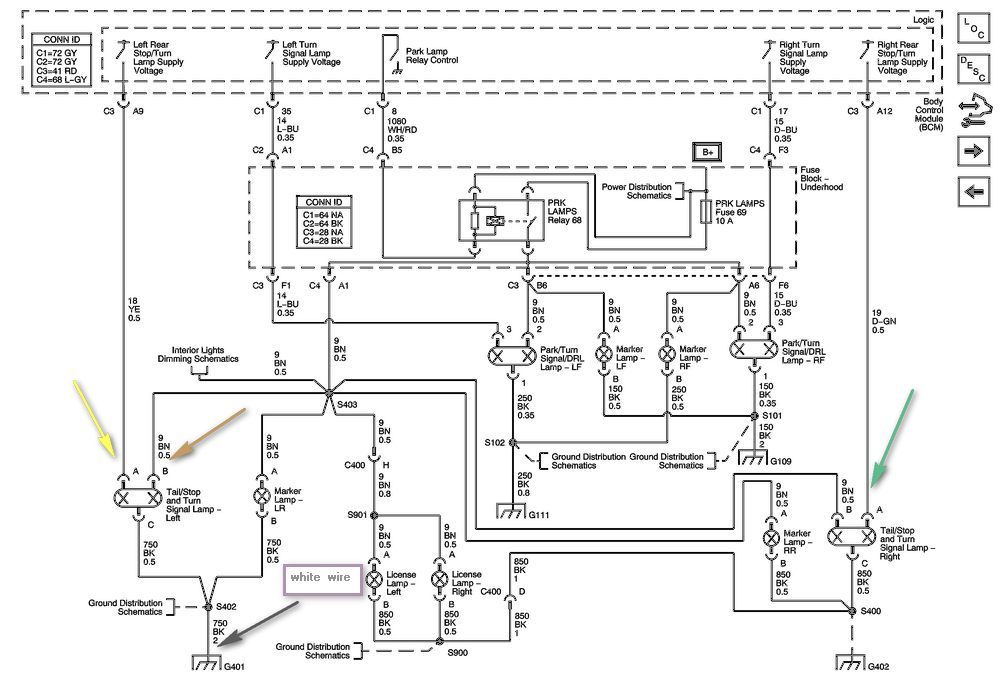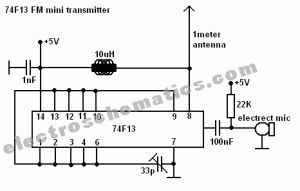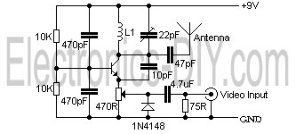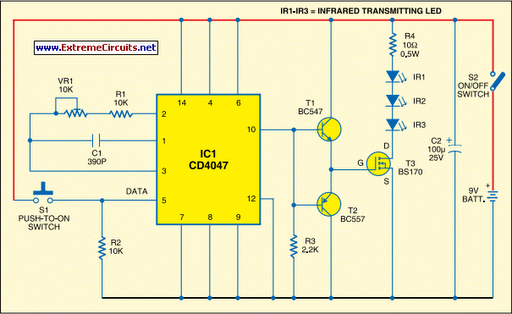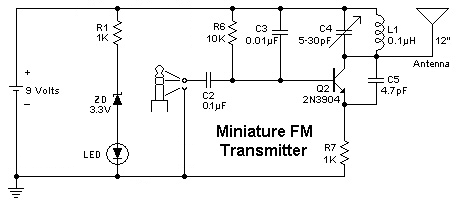
The Measurements for MIT 3DL1 Run
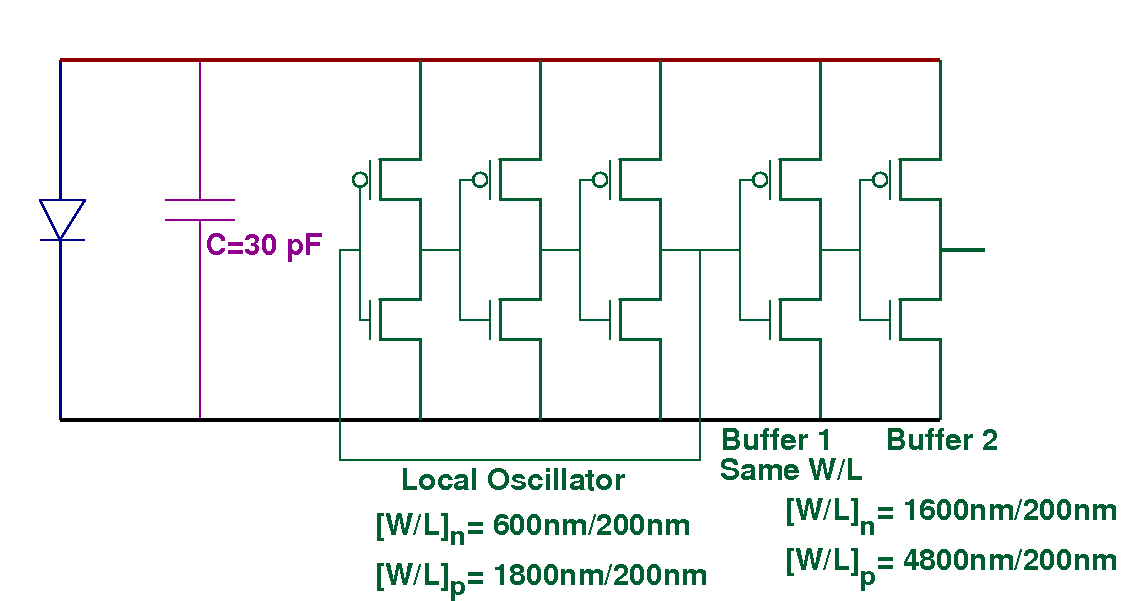
The chips that are classified as "working well" produce approximately 300 mV when exposed to a laser pointer and between 40 to 80 mV when illuminated by LED light. Voltages around 100 mV were recorded in a sunlit environment, while about 10 mV were noted under fluorescent lighting. Simulations indicated DC rail voltages of approximately 300 mV under 1 kW/m² of red light. The power of the laser pointer is not specified beyond being less than 5 mW; estimating the beam size to be about 15 mm² at the typical distance used on the chip, the maximum intensity received by the chip is around 333 W/m². This observation suggests that the photodiodes are generating more current than initially calculated, likely due to multiple absorptions as the beam traverses the top layer of diodes and reflects off the metal layers of the underlying tiers.
The described circuit involves photodiodes that are responsive to various light sources, including laser pointers, LED lights, sunlight, and fluorescent lighting. The performance metrics indicate that the photodiodes exhibit a significant voltage output, which varies according to the intensity and type of light source. The observation of 300 mV under a laser pointer suggests a high level of sensitivity and efficiency in converting light energy into electrical energy, particularly under focused light conditions. The lower outputs under LED and fluorescent lighting indicate a reduced sensitivity or lower intensity of these light sources compared to the laser.
The simulation results predicting DC rail voltages of around 300 mV under red light at 1 kW/m² suggest that the photodiodes are designed to operate effectively in high-intensity environments, potentially making them suitable for applications requiring precise light detection. The noted intensity of 333 W/m² from the laser pointer indicates that the photodiodes are capable of handling high power levels without saturation, which is critical for accurate measurements in varying lighting conditions.
The phenomenon of increased current generation, attributed to multiple absorptions and reflections within the photodiode structure, highlights the importance of the design of the diode layers and their arrangement. The interaction of light with the different tiers of diodes and the reflective properties of the underlying metal layers can enhance the overall efficiency of the photodiodes, making this configuration advantageous for applications in optical sensing and detection systems. The insights gained from these observations can inform future designs and improvements in photodiode technology, particularly in optimizing their performance across a range of illumination conditions.The chips that are termed "working well" yield about 300 mV under the beam from a laser pointer and between 40 to 80 mV under the LED light. Voltages around 100 mV were observed in a sunlit room and about 10 mV under fluorescent lighting. Our simulations ( see the design report in PDF ) predicted DC rail voltages of around 300 mV under 1 KW/m2 red light.
The laser pointer power isn`t specified beyond it is "< 5 mW"; estimating its beam size to be about 15 mm2 at the distance from which we have usually used it on the chip, the highest possible intensity the chip receives is around 333 W/m2. This result seems to indicate that the photodiodes are generating more current than was calculated; the disparity is probably due to multiple absorptions as the beam passes through the top tier of diodes and is reflected back from the metal layers of the tiers underneath.
🔗 External reference
The described circuit involves photodiodes that are responsive to various light sources, including laser pointers, LED lights, sunlight, and fluorescent lighting. The performance metrics indicate that the photodiodes exhibit a significant voltage output, which varies according to the intensity and type of light source. The observation of 300 mV under a laser pointer suggests a high level of sensitivity and efficiency in converting light energy into electrical energy, particularly under focused light conditions. The lower outputs under LED and fluorescent lighting indicate a reduced sensitivity or lower intensity of these light sources compared to the laser.
The simulation results predicting DC rail voltages of around 300 mV under red light at 1 kW/m² suggest that the photodiodes are designed to operate effectively in high-intensity environments, potentially making them suitable for applications requiring precise light detection. The noted intensity of 333 W/m² from the laser pointer indicates that the photodiodes are capable of handling high power levels without saturation, which is critical for accurate measurements in varying lighting conditions.
The phenomenon of increased current generation, attributed to multiple absorptions and reflections within the photodiode structure, highlights the importance of the design of the diode layers and their arrangement. The interaction of light with the different tiers of diodes and the reflective properties of the underlying metal layers can enhance the overall efficiency of the photodiodes, making this configuration advantageous for applications in optical sensing and detection systems. The insights gained from these observations can inform future designs and improvements in photodiode technology, particularly in optimizing their performance across a range of illumination conditions.The chips that are termed "working well" yield about 300 mV under the beam from a laser pointer and between 40 to 80 mV under the LED light. Voltages around 100 mV were observed in a sunlit room and about 10 mV under fluorescent lighting. Our simulations ( see the design report in PDF ) predicted DC rail voltages of around 300 mV under 1 KW/m2 red light.
The laser pointer power isn`t specified beyond it is "< 5 mW"; estimating its beam size to be about 15 mm2 at the distance from which we have usually used it on the chip, the highest possible intensity the chip receives is around 333 W/m2. This result seems to indicate that the photodiodes are generating more current than was calculated; the disparity is probably due to multiple absorptions as the beam passes through the top tier of diodes and is reflected back from the metal layers of the tiers underneath.
🔗 External reference
